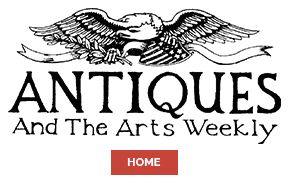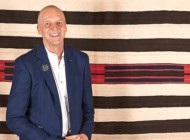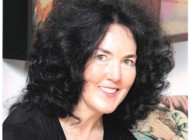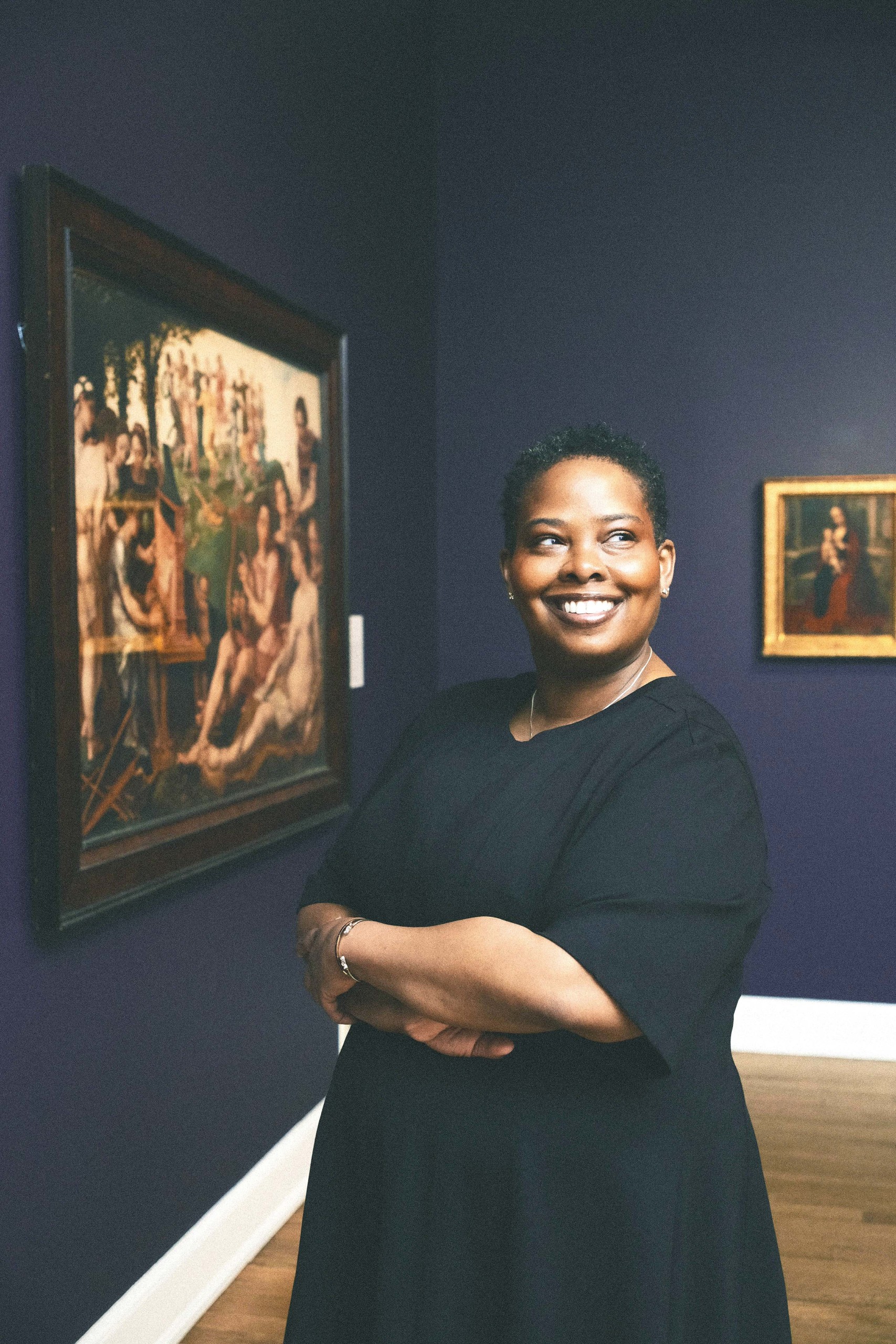
Photo by Taylor Hunter. Courtesy of the New Orleans Museum of Art.
On February 11, the New Orleans Museum of Art (NOMA) announced Anne Collins Smith as its new chief curator. Smith, formerly the director of the Xavier University of Louisiana’s art gallery, has also held positions of leadership at the Spelman College Museum of Fine Art, the Davis Museum and Cultural Center at Wellesley College and the Saint Louis Art Museum. Antiques and The Arts Weekly was curious about what Smith has been up to since her start in September 2024 and sat down with the curator to get the scoop on her first nine months on the job.
Congratulations on your appointment to chief curator at the New Orleans Museum of Art! How has this job, thus far, been a different experience than your positions at Xavier University, Wellesley College and the Saint Louis Art Museum?
One important part of our work at NOMA is that we are a comprehensive museum, showcasing art from around the world spanning over 5,000 years of history. Our role is to create opportunities for our visitors from New Orleans and around the world to connect with our collection and exhibitions. Every museum’s collection has its own niches and idiosyncrasies that are important to highlight, and every local audience is coming to a museum with a specific frame of reference. Here at NOMA, we have the opportunity to look at art from the important vantage point of our culturally vibrant city.
You received your master’s degree at New York University in visual arts administration. Can you explain
a little bit about what that is, and how it has helped you so far in your career?
The visual arts administration program focuses on arts management. There were two tracks: non-profit and for-profit. The non-profit arm included registration, civic engagement and development. The for-profit emphasis was on gallery management. I blended the tracks, which was important because I learned about the art world and the power structures involved — even though I work in non-profit museums now. My favorite courses were the history of taste and connoisseurship. For me, there was always a curatorial emphasis in my studies. My thesis was on audience development and accessible museum experiences that emphasized hospitality and empowerment.
You will serve as the institutional curator for the museum’s retrospectives on artists Hayward Oubre and Willie Birch. What connection do you have to these artists and their work?
Both of these artists are from New Orleans, and an important part of our job as a museum is to resonate with our local communities while placing art from New Orleans-born or New Orleans-based artists into a global context. We are always considering how place affects interpretation without oversimplifying the work itself.
Oubre and I were both educated in the department of art in the Atlanta University Center — Oubre at Atlanta University and me at Spelman. The upcoming exhibition is Oubre’s posthumous homecoming.
Willie Birch and I have immediate shared connections. Although I’m a generation or so younger, the institutions that shaped him also shaped me and we both returned home to New Orleans.
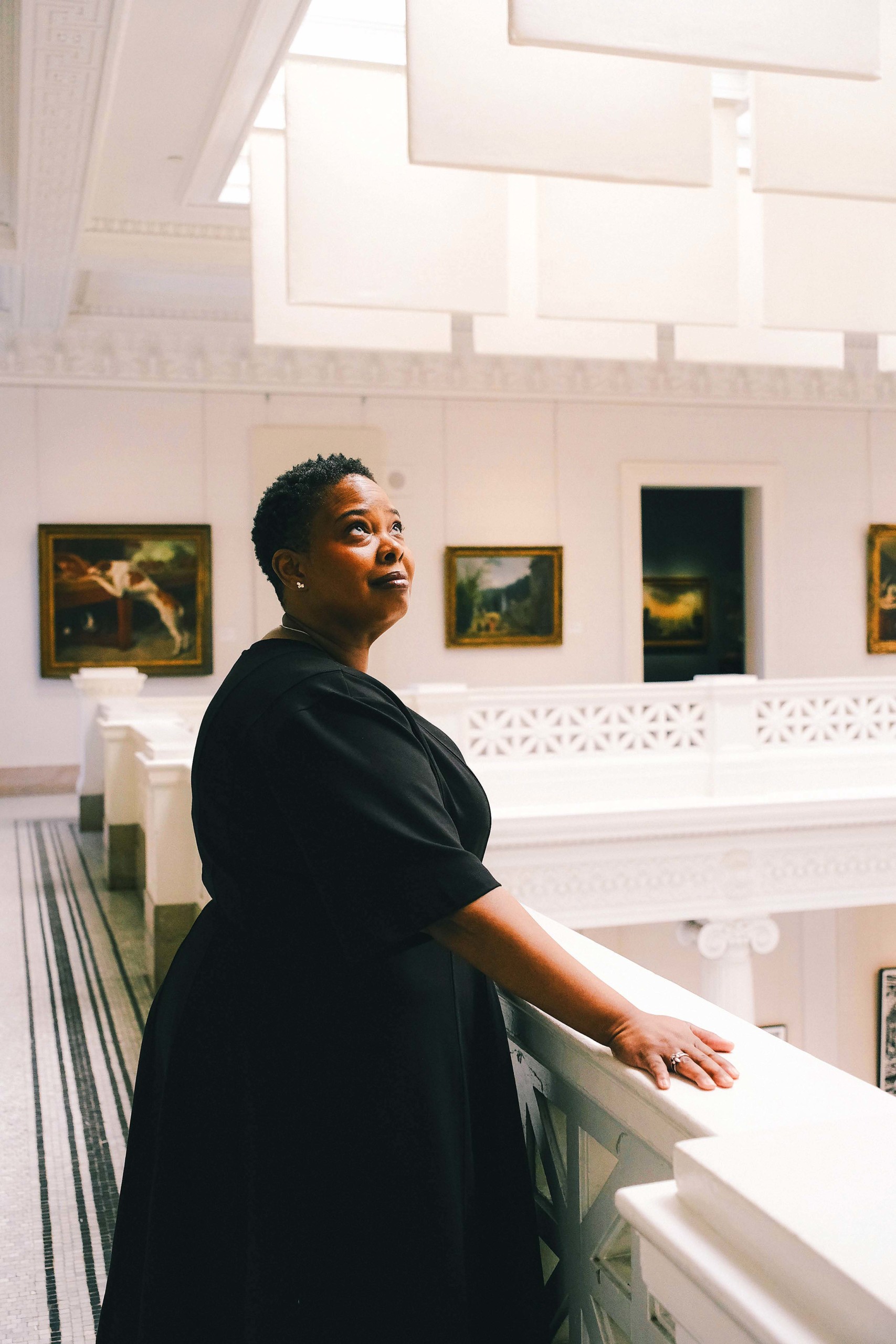
Photo by Taylor Hunter. Courtesy of the New Orleans Museum of Art.
You have stated previously your admiration for Mary Ann Calo’s thought that curators “serve as
interlocutors between art, artists and the community.” How does this principle align with your interest in the evolving role of the curator?
Our role as curators is to find connections that otherwise might be missed. If we are doing our job well, our visitors, who come from many different communities, will be able to look at art and find similarities and differences with their own experiences. Curators help build a framework to make these connections possible.
It is a mandate that I have a responsibility to all three: the art, the artist and the audience and in no particular order.
What are you looking forward to the most as you head towards one year in this position?
I’m looking forward to continuing collaboration with our curators and leadership team to provide experiences that enlighten, challenge and engage for a multiplicity of audiences at whatever point or background in which they enter into our institution.
I recently participated in Independent Curators International’s Curatorial Forum in Chicago. The theme was “Building a Cathedral.” Using the cathedral-thinking mindset “recognizes the scale of change necessary and understands that building more supportive, equitable, accessible and nurturing spaces is truly a multi-generational undertaking.”
The greatest takeaway is that when building cathedrals, you must be a good neighbor and create a structure in which future generations can build upon and possibly bring to completion. I am a conduit for that work.
—Kiersten Busch
